Have you ever shopped for a window air conditioner or a portable ac and realized that there is certain language right on the outside of the box that supposedly tells you everything you need to know about the AC?
But the problem is no one seems to know what that language means?
The specific term I’m talking about is BTU.
What are Air Conditioning BTU’s?
BTU stands for British thermal unit. It is the amount of energy needed to heat or cool 1 lb. of water 1° f at sea level.
That tells me everything I need to know. Not.
The funny thing is, never in my life have I ever known what a BTU is. And I’ve never met anyone that did either.
Seems like an odd way to label an air conditioner when not too many people really seem to know what it is.
But if you’re shopping for a new AC, it’s a term you better become familiar with pretty quickly.
| Room Size | Square Footage | How Many BTUs? | How Many Watts Used Per Hr |
|---|---|---|---|
| 10 x 15 | 150 | 5000 BTU | 1465 w |
| 12 x 12 | 144 | 5000 BTU | 1465 w |
| 14 x 14 | 200 | 6000 BTU | 1758 w |
| 12 x15 | 180 | 6000 BTU | 1758 w |
| 20 x 20 | 400 | 8000 BTU | 2344 w |
| 18 x 25 | 450 | 10000 BTU | 2930 w |
| 20 x 25 | 500 | 10000 BTU | 2930 w |
| 25 x 30 | 750 | 15000 BTU | 4396 w |
| 30 x 30 | 900 | 18000 BTU | 5275 w |
| 30 x 35 | 1000 | 25000 BTU Range | 7326 w |
| 35 x 40 | 1400 | 35000 BTU Range | 10250 w |
| 38 x 40 | 1500 | 37500BTU Range | 10990 w |
| 40 x 45 | 1800 | 45000 BTU Range | 13188 w |
| 45 x 50 | 2250 | 55000 BTU Range | 16118 w |
| 50 x 50 | 2500 | 62500 BTU Range | 18316 w |
Let’s get down to the nitty gritty.

How many BTUs do I need? What size air conditioner do I need?
The quickest way to give you a ballpark figure of how many BTUs you need is to use a simple formula.
Square footage (length times width) x 25
This is a rough figure based on a square room with average 8 ft ceilings and one or two windows that are not directly in the Sun.
If the area you are looking to cool off has higher ceilings, increase the amount by 10%.
Likewise if the room is the direct path of the sun, increase the amount 10% again.
Another factor to consider is the kitchen.
Are you trying to cool off the kitchen or is the kitchen in the vicinity that is adding heat into the area you’re trying to cool off?
If that’s the case then increase the amount of BTUs by 4,000 to combat the extra heat given off by the stove and other cooking equipment.
If you’re dealing with the Arizona Sun or any other high heat climate, tackle on another 10 to 12% of BTUs.
Don’t overdo it.
Bigger is not better when it comes to air conditioners
You might think that if your room requires 5000 BTU then getting an AC that has 8,000 BTU could only add more power and do a way better job.
Not so.
That might be hard fact to accept for those of us who want bigger and better,
But putting too big of an air conditioner into too small of a square footage will cause humidity to build up in your room.
Humidity is not the result you were going for, presumably.
Humidity makes the room feel hotter than the temperature actually is.
Too large of an AC in too small of a space will not allow for the condensation in the unit to properly displace, which will cause it to evaporate and come back into the room as humidity.
A large AC and a small room will also cycle on and off much faster and use much more energy.
The same ratio can happen with an AC that is too small and a large room except for the AC will continually run without turning off and use much more energy.
What are BTUs in Watts?
How many watts an air conditioner is going to use is also a big variable when it comes to shopping for an AC.
1 BTU is worth .293071 watts per hour
Energy cost from running the AC is one of the biggest energy hogs you will have in your house hands down.
Energy saving is a must during the summer. Running the AC day and night will put your electric bill through the roof.
So finding some ways to keep cool rather than the AC is always a smart thing to do.
A few tips to keep cool in summer
1. Bump your thermostat up
Most of us want the kind of cool air you get when you walk into a hotel lobby or a department store in our house.
But the reality is the comfort comes with a hefty price tag.
Simply learning to keep the thermostat a little higher and being comfortable in a little warmer space will have dramatic results on your energy bill. By just going from 72° to 75 on your thermostat, you could see a surprising change in the amount of your bill.
2. Ceiling fans
Ceiling fans, well technically do nothing to change the actual temperature, they do pull heat away from you so that you actually feel cooler in hot weather. Ceiling fans are much less expensive to run than the air conditioner also.
3. Shade
Shade can come in the form of plants, shutters, curtains, etc.
Shading your windows can have a great effect on the amount of heat that comes into your room.
Summing it up
Choosing an AC with the proper BTUs for the size room that you want to cool is a must.
But how many people do you know that really know what a BTU is or what they’re supposed to do with that term?
BTU stands for British thermal unit.
If you’re in the HVAC industry or deal with heating and air very much then it is a term or an acronym that you are probably very familiar with and no how to use properly,
But for the rest of us, there is an easier way to determine how many BTUs you are going to need when purchasing an AC.
An easy formula is to take the square footage of a room and multiply by 25.
W x L x 25
And since we all know that rooms come in all different kinds of sizes, we simply add in 10% if the ceilings are higher or if it’s a particularly warm room that sits in the Sun.
It’s also important to know that when it comes to purchasing an AC, more BTUs does not equate to a cooler room.
Two large of an AC will cycle on and off too quickly and will not displace the condensation quickly enough which will cause your room to be extra humid.
An AC should help reduce humidity, definitely not add to it.
You should also be aware that the more BTUs and air conditioner has, the more watts it’s going to consume, and the higher the energy bill is going to be to run the unit.

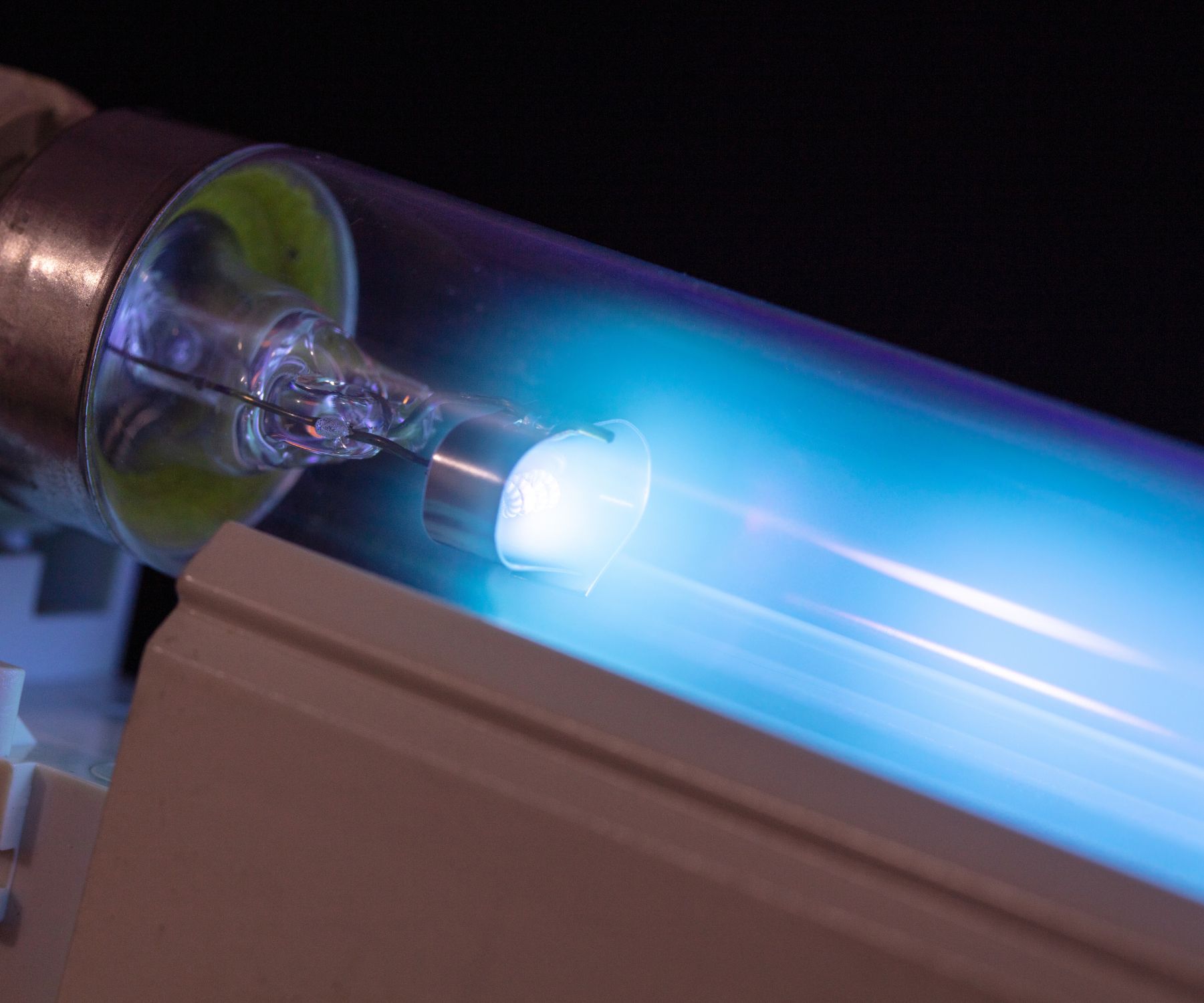
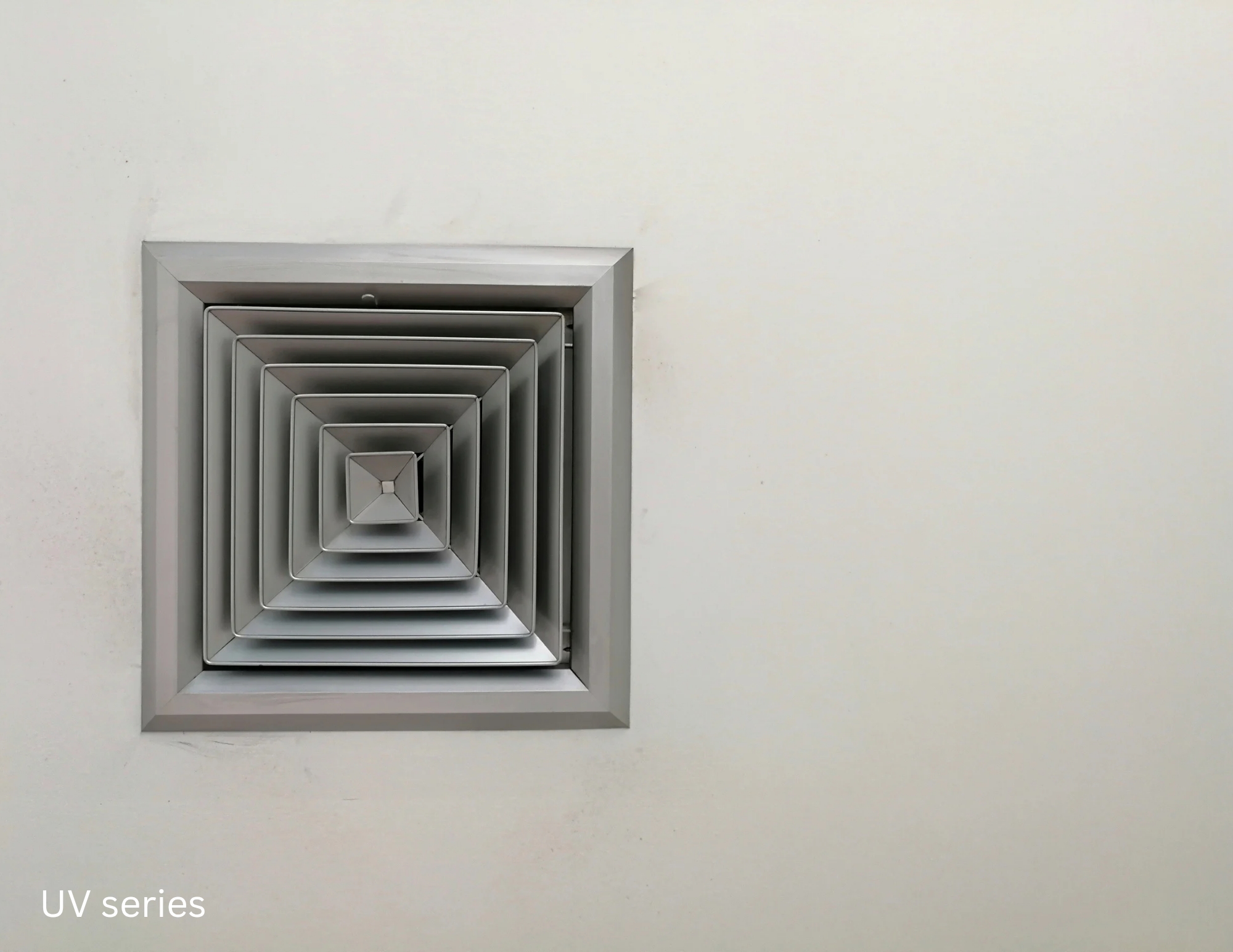

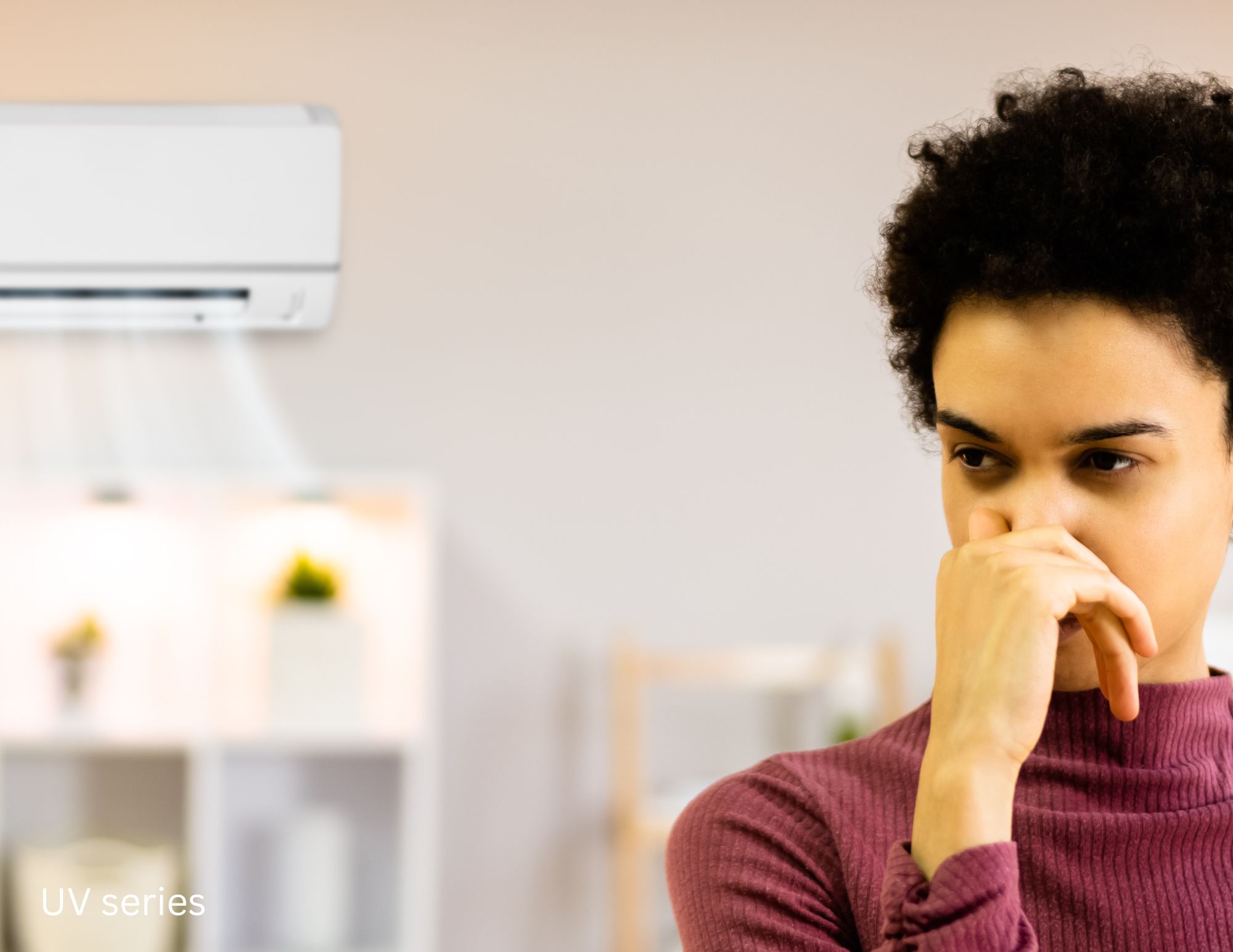
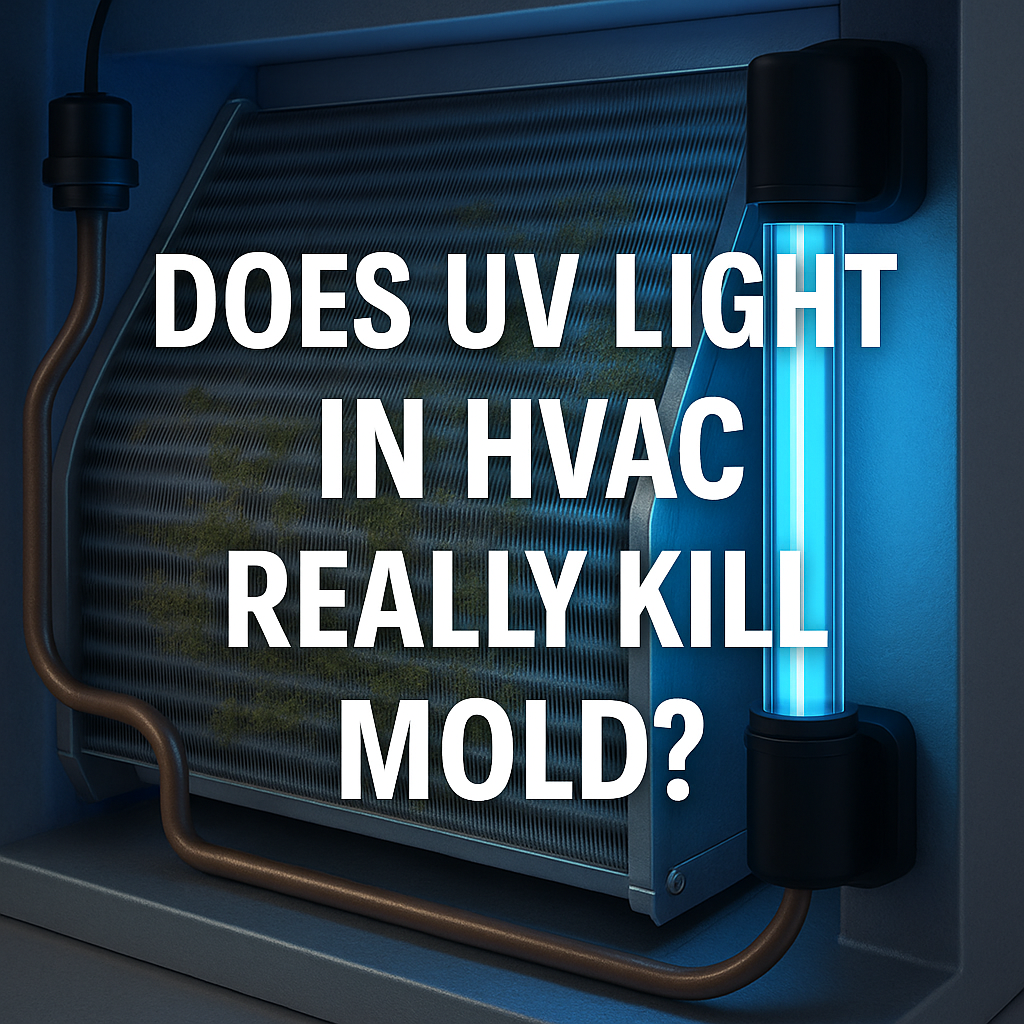
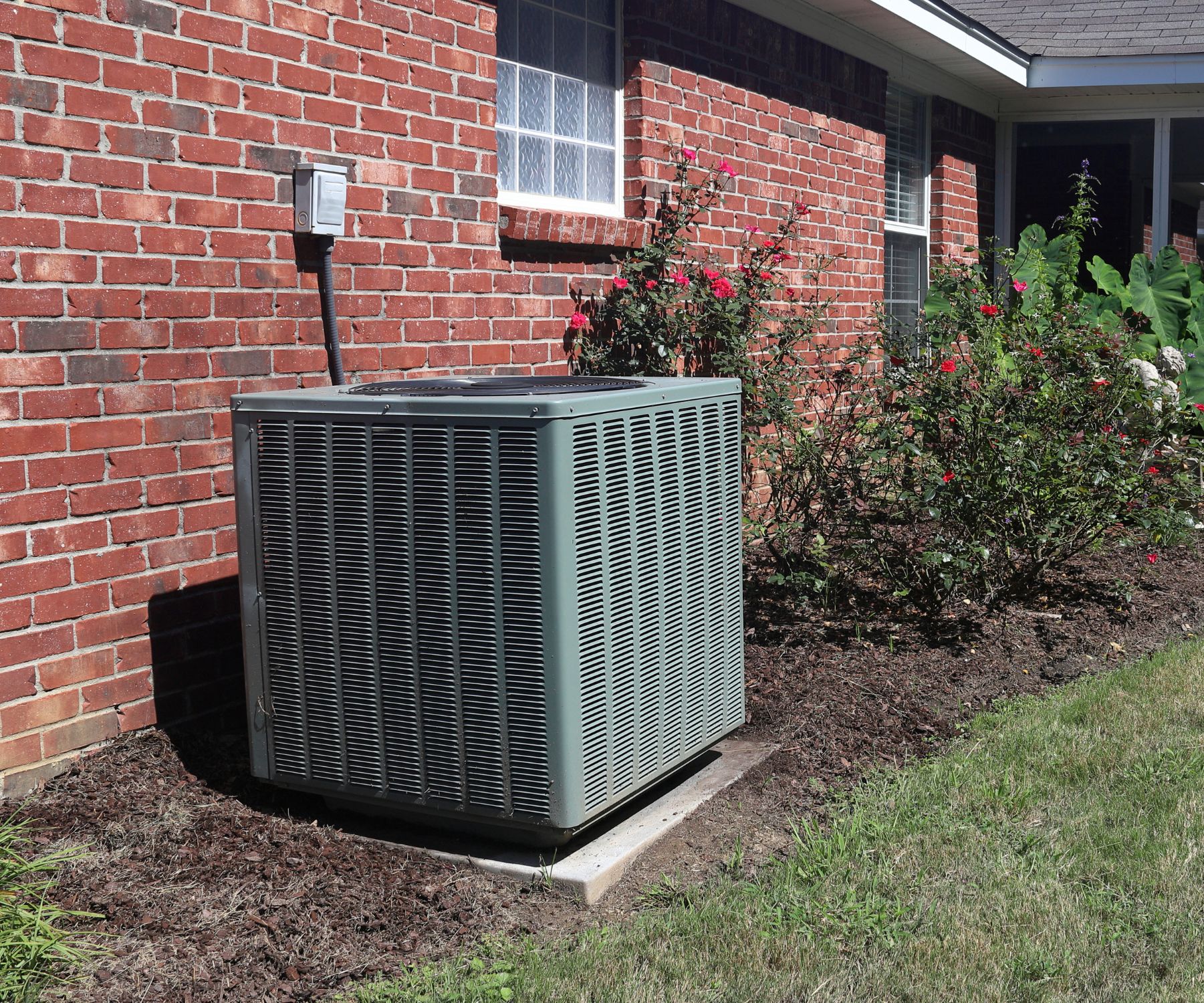
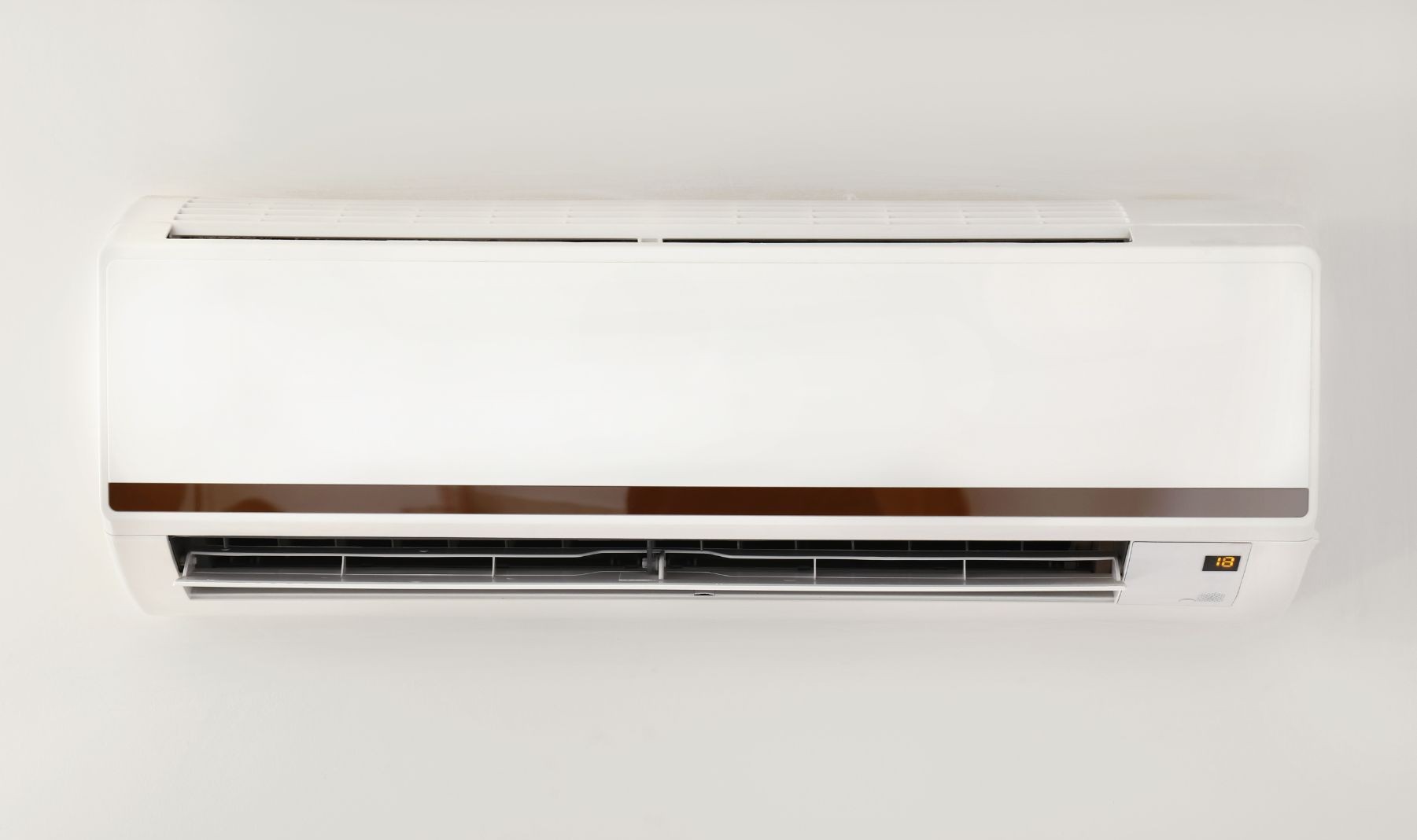
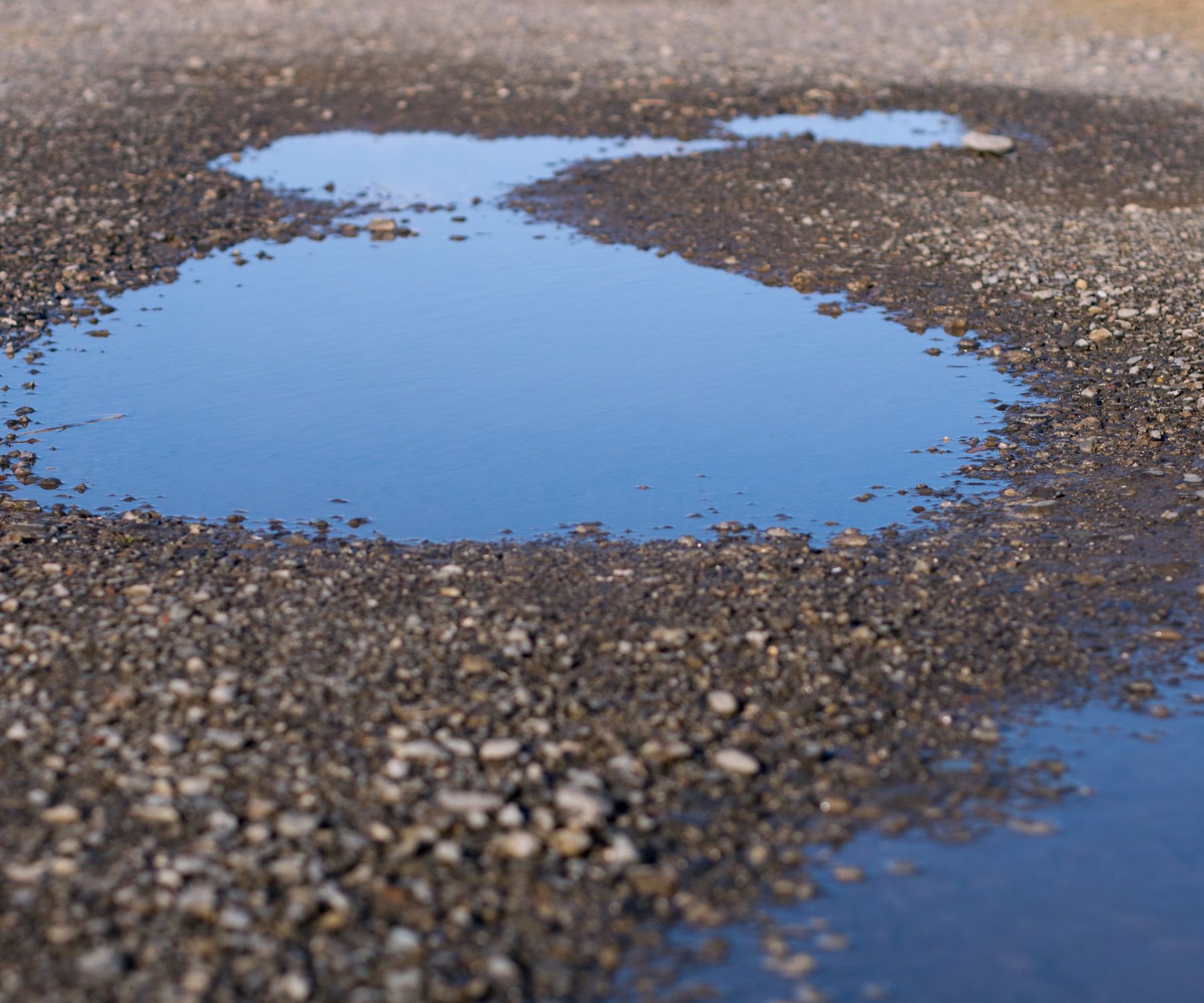

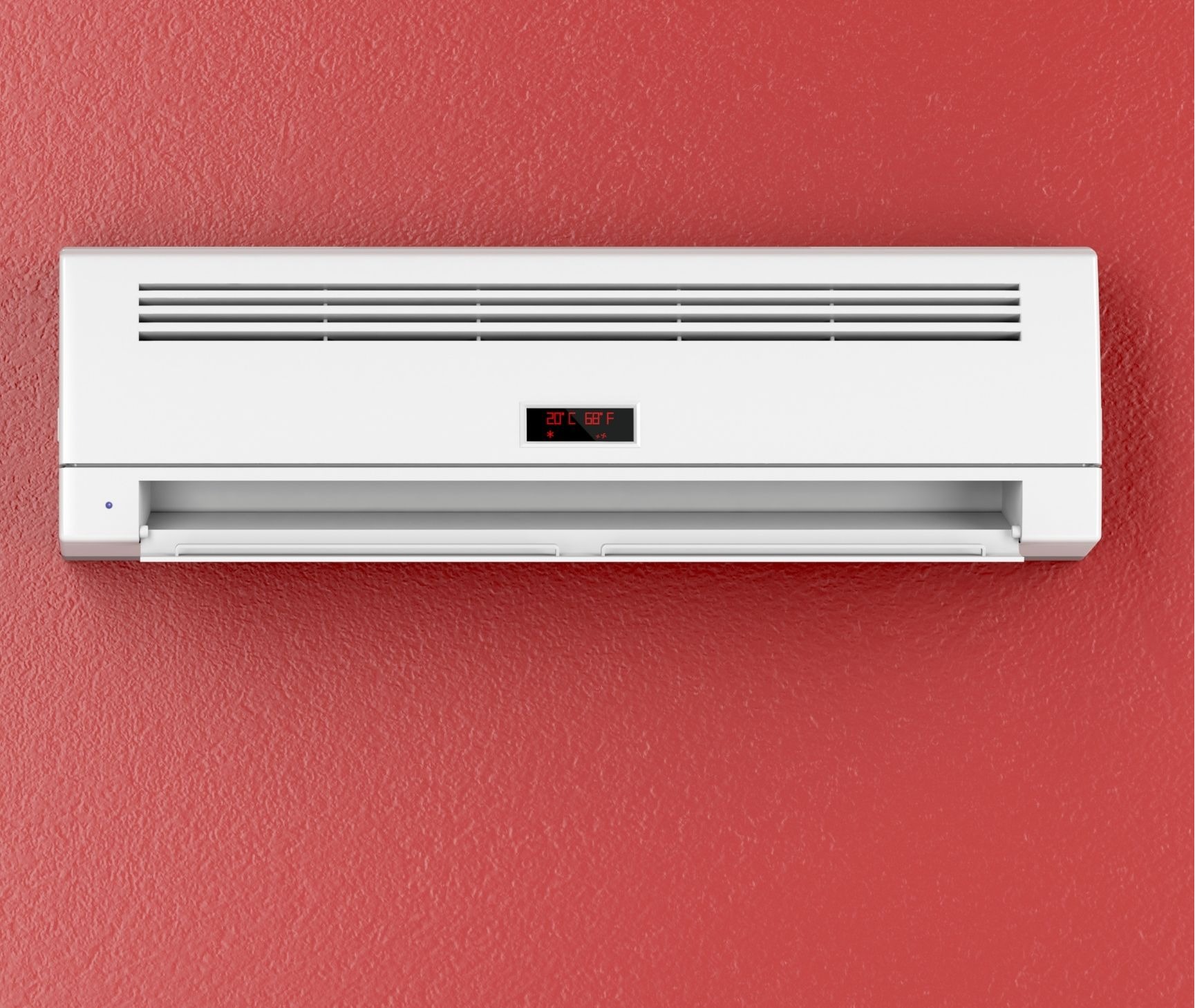

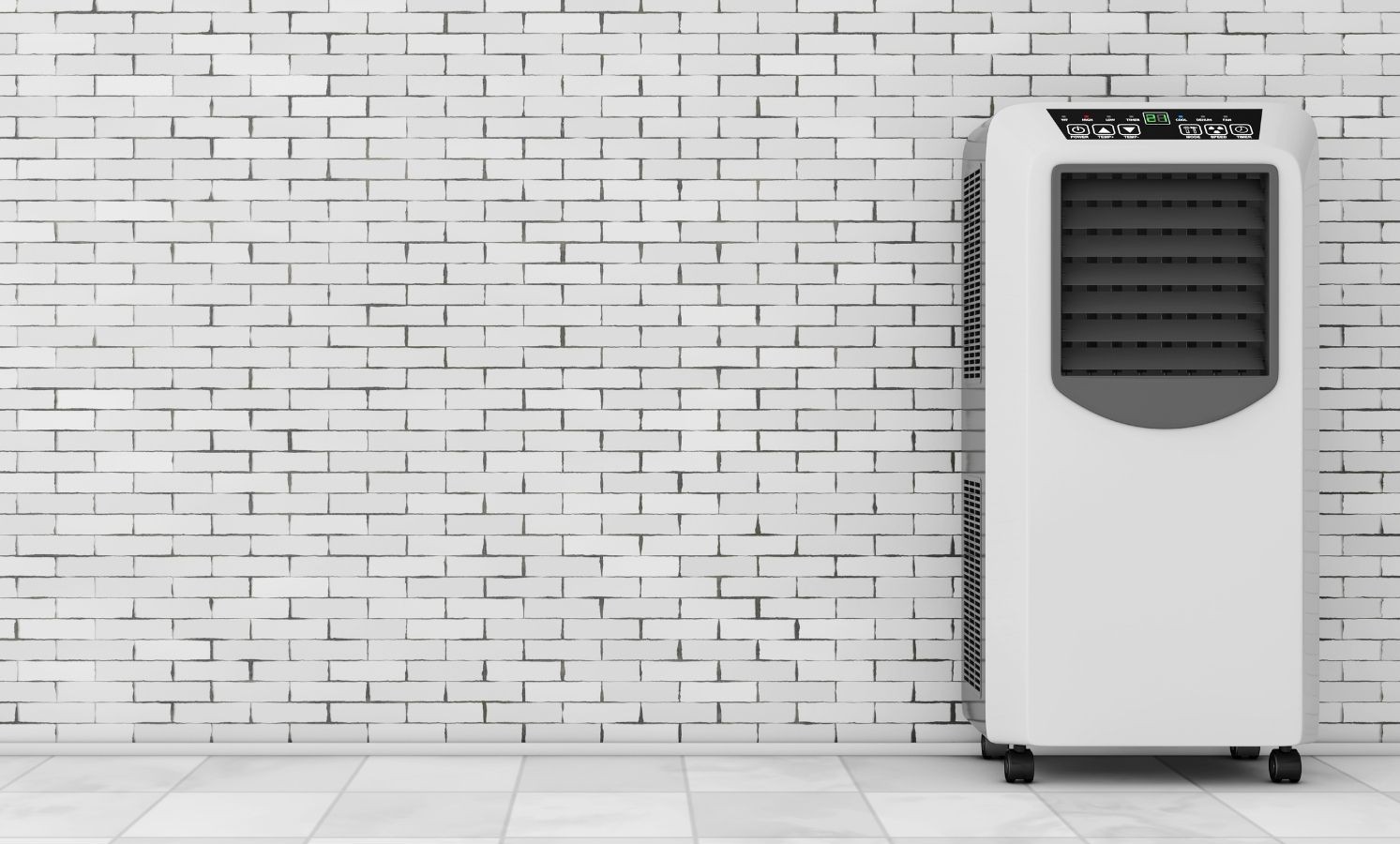

 Here is a list of some of the most popular issues that pop up with portable air conditioners.
Here is a list of some of the most popular issues that pop up with portable air conditioners.
 4.Portable AC keeps freezing
4.Portable AC keeps freezing

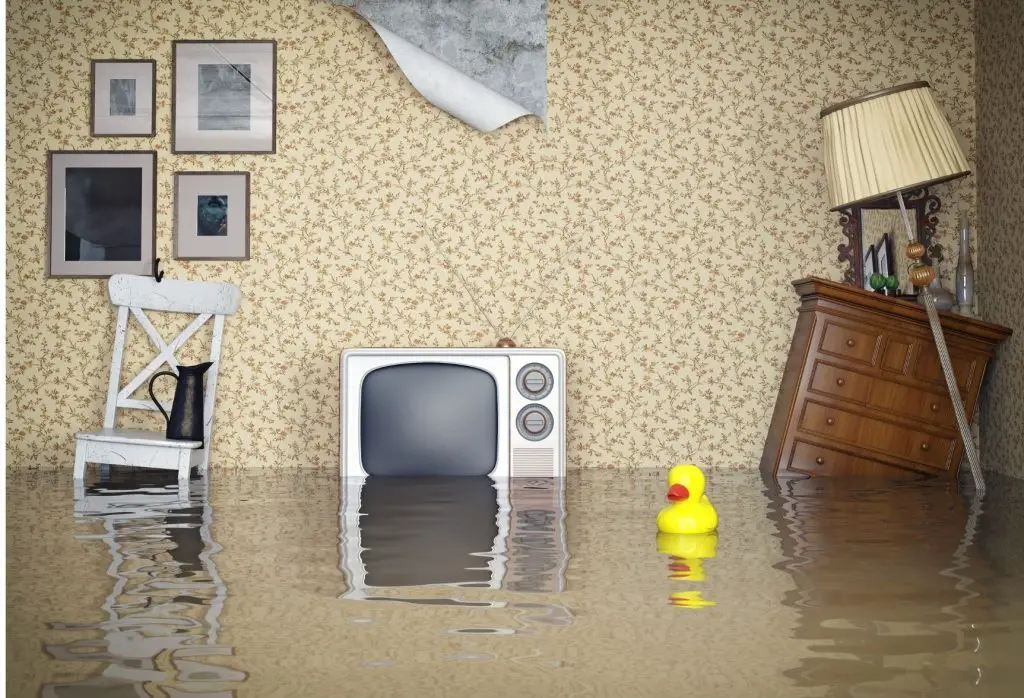


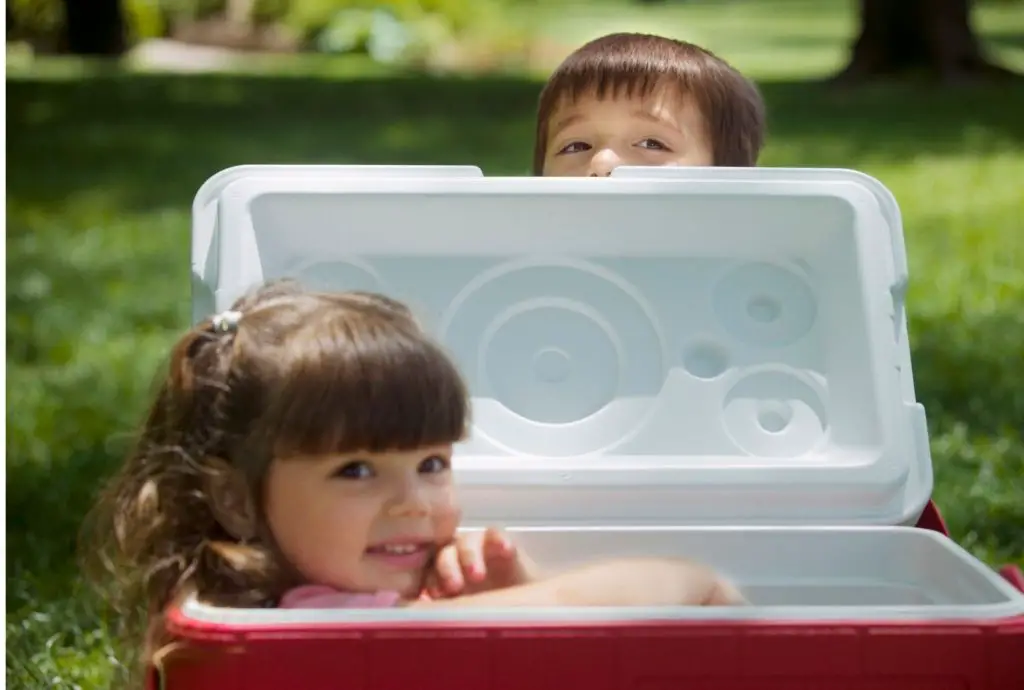
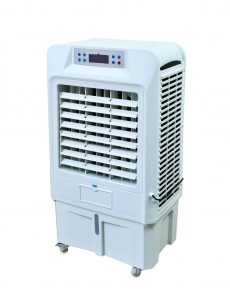
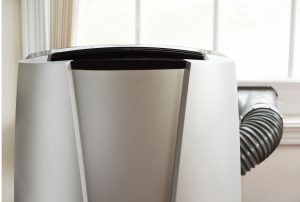 Portable Air Conditioner
Portable Air Conditioner
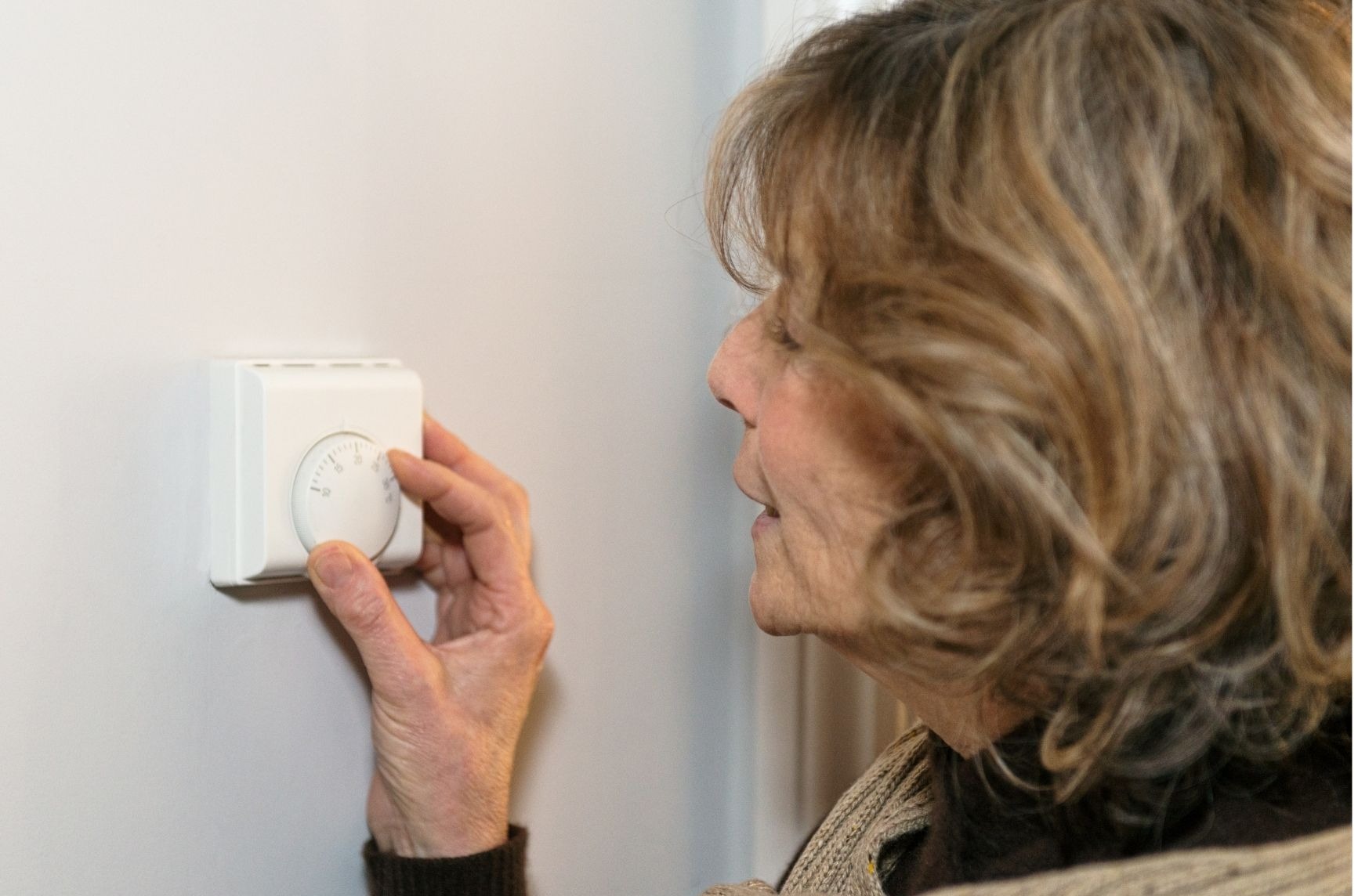 These dehumidifiers come in two different types.
These dehumidifiers come in two different types.
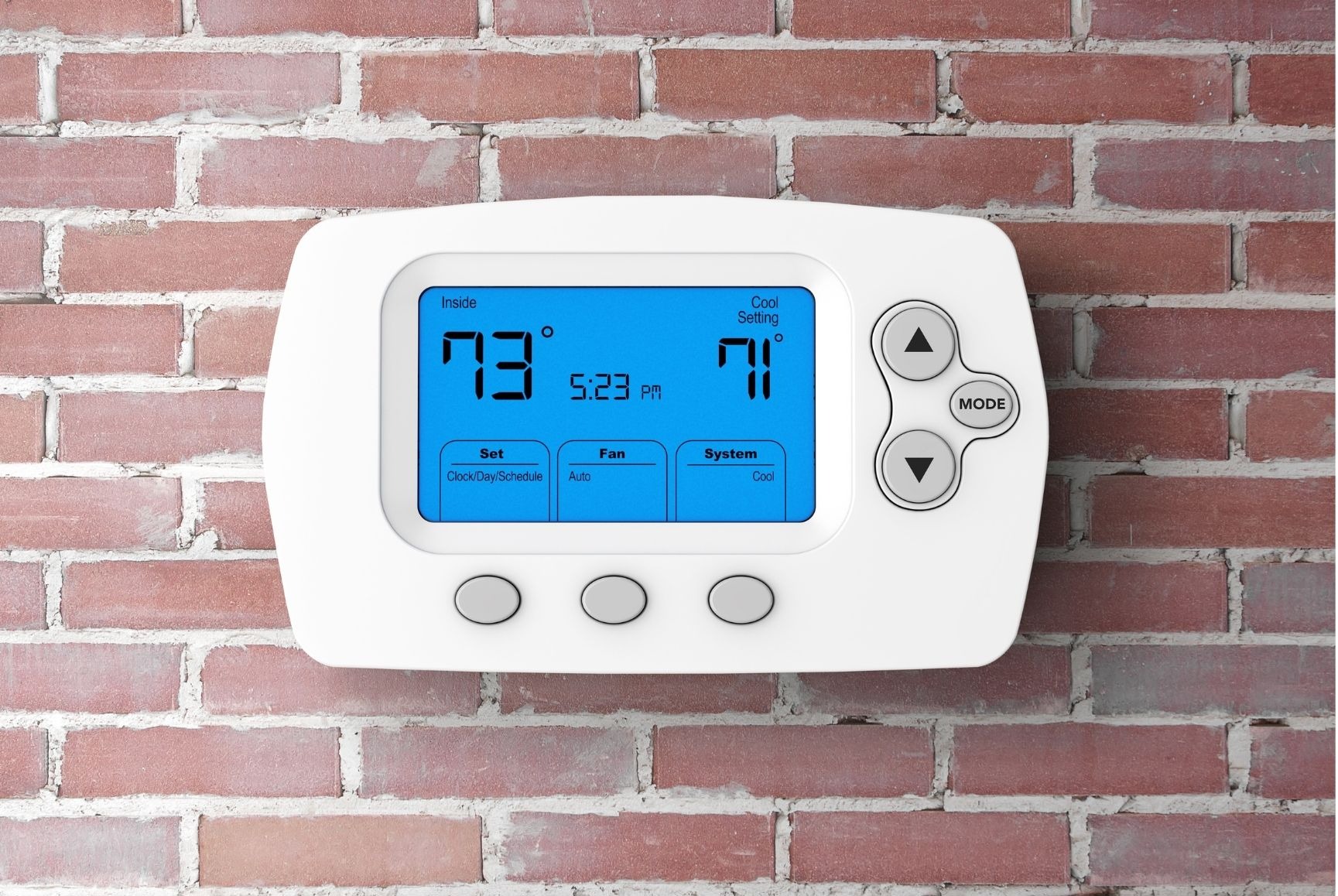 Honeywell Programmable Thermostat Reset (non-touchscreen)
Honeywell Programmable Thermostat Reset (non-touchscreen)
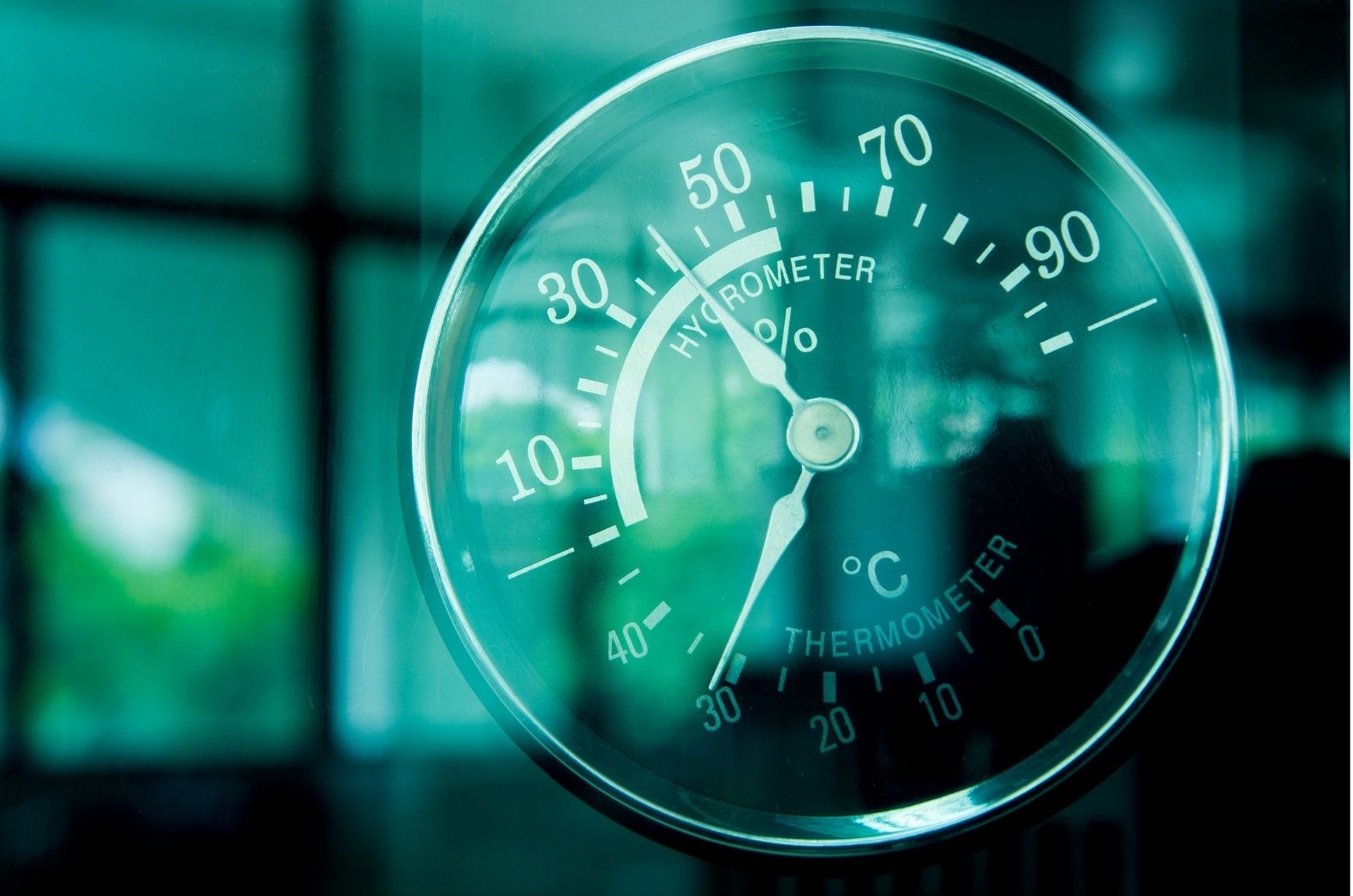 2. Air conditioning
2. Air conditioning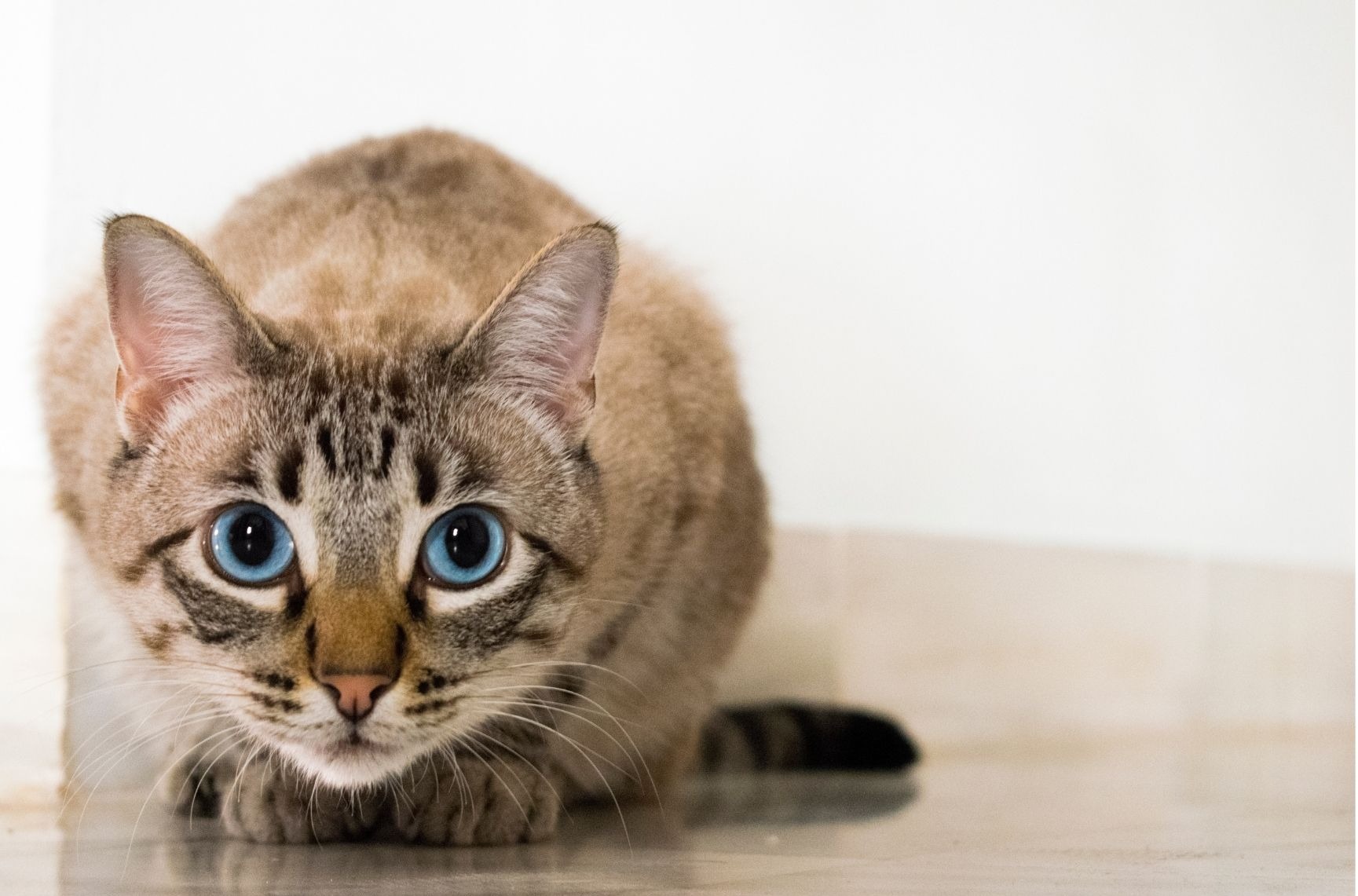 Recap
Recap


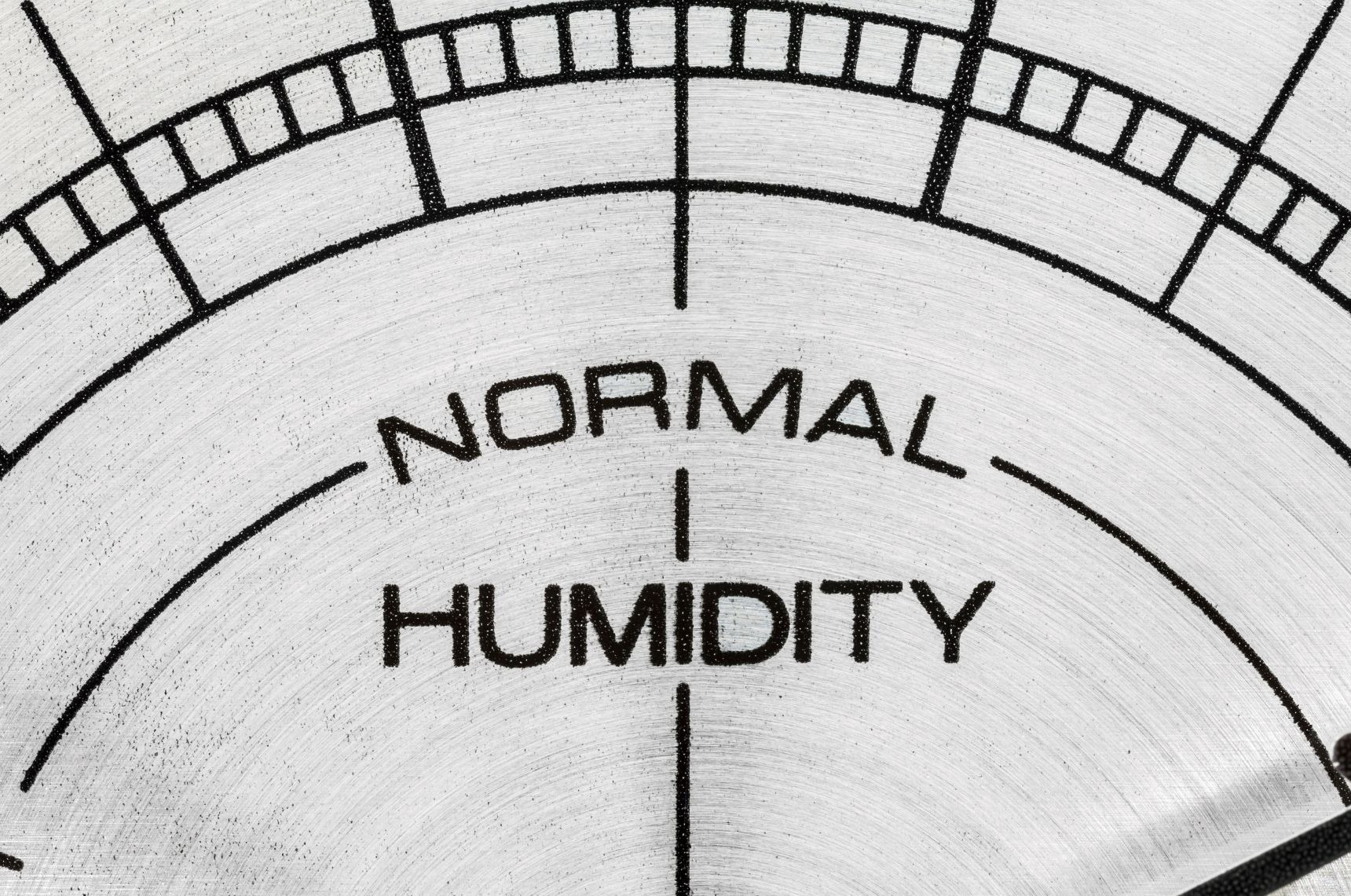 should you run a dehumidifier and an air conditioner at the same time?
should you run a dehumidifier and an air conditioner at the same time?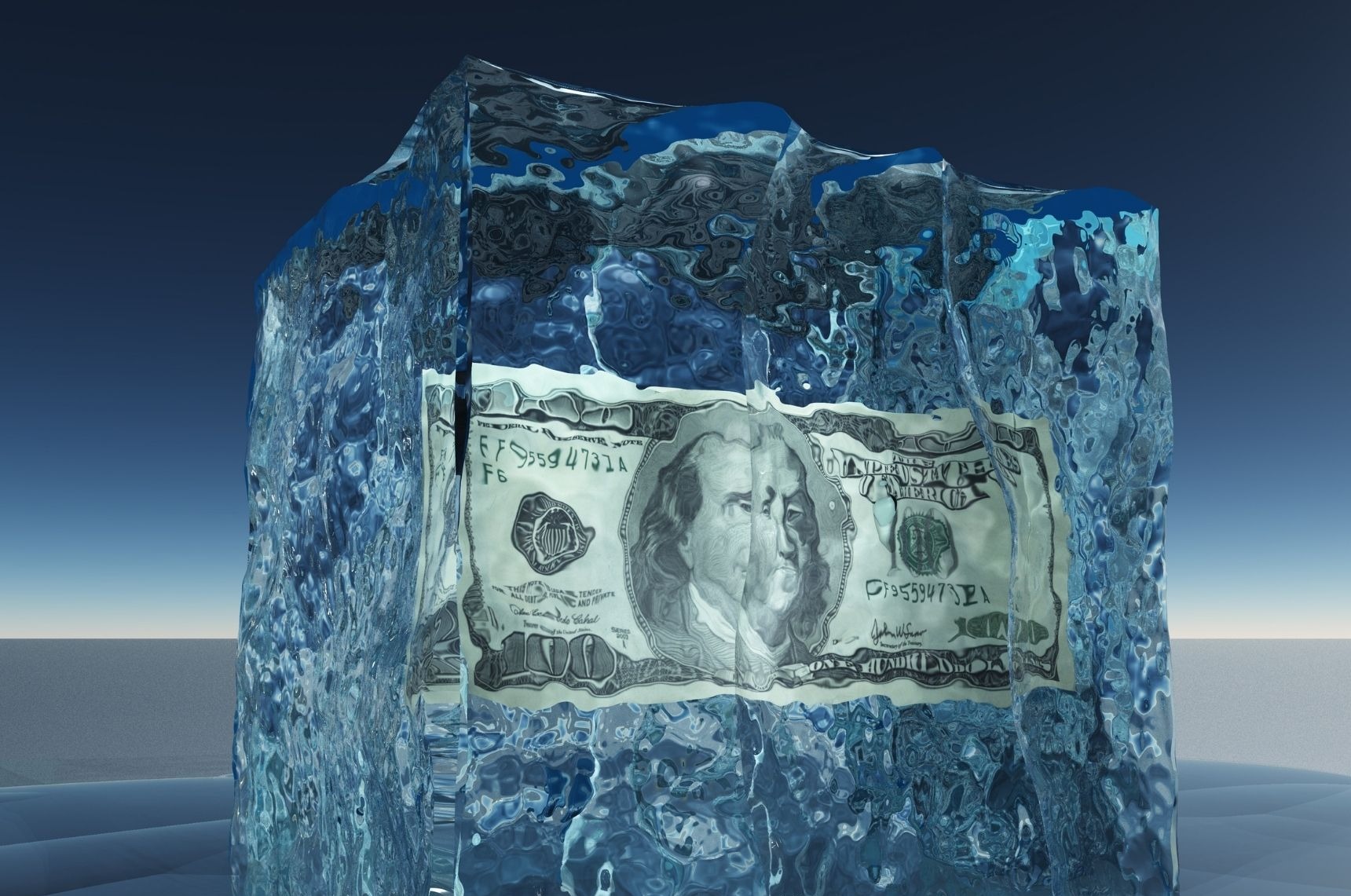 Recap
Recap